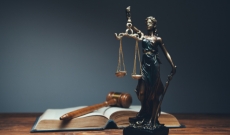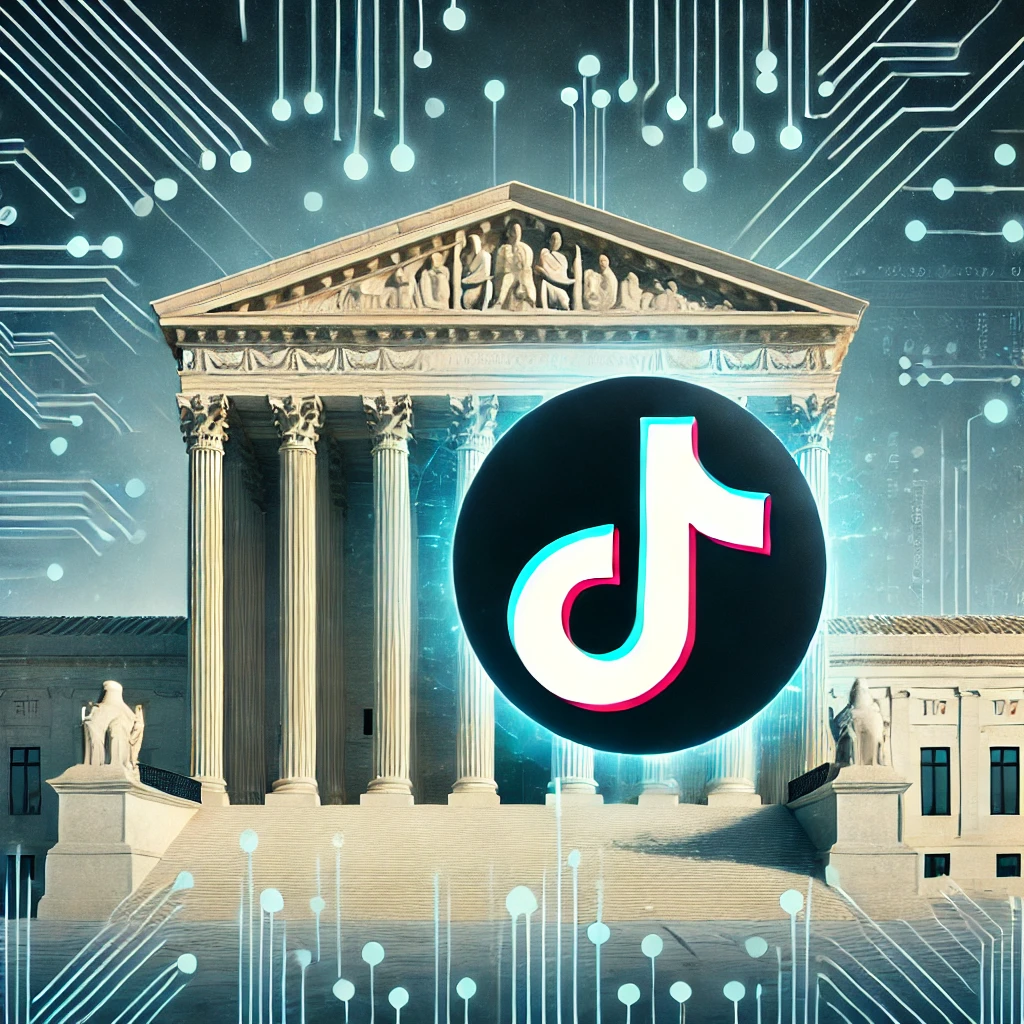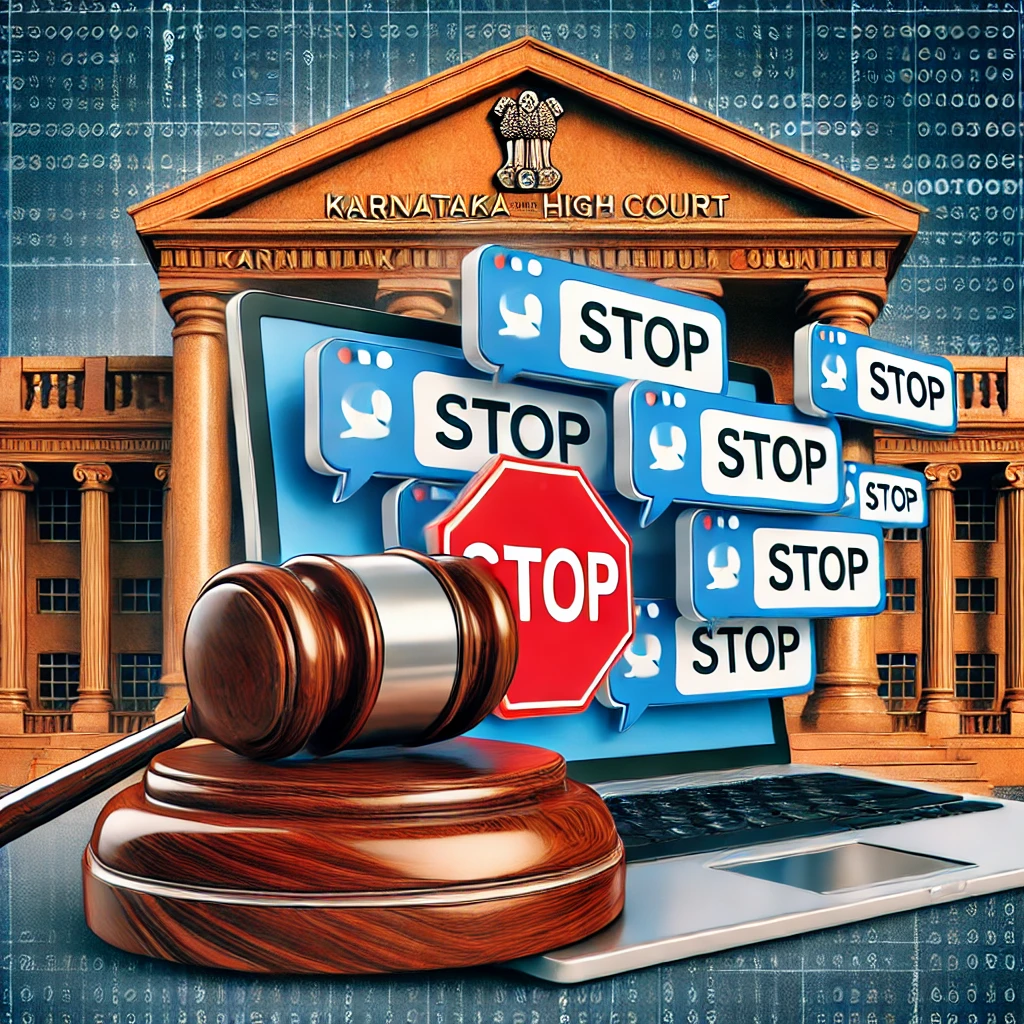Media laws at Armenia
In Armenia, media laws govern the rights and responsibilities of individuals and organizations involved in the media sector, including journalists, broadcasters, and online platforms. These laws aim to regulate the free flow of information while balancing public interest, freedom of expression, and protection against harmful content. The legal framework also addresses issues related to media ownership, freedom of the press, and the protection of sources.
Here’s an overview of media laws in Armenia:
Media Laws in Armenia: Overview
📜 Key Legal Documents:
Constitution of Armenia:
The Constitution of Armenia guarantees the right to freedom of expression and the right to freely receive and disseminate information. Article 27 states that everyone has the right to freely express their opinions and seek, receive, and impart information, which is crucial to media operations.
Law on Mass Media (2003):
This law regulates the activities of mass media outlets in Armenia, including newspapers, magazines, radio, and television broadcasters. It establishes the legal framework for the press, ensuring press freedom, media pluralism, and access to information.
The Law on Mass Media focuses on the protection of the journalistic profession, the rights of journalists, and media freedom. It also includes provisions on defamation, privacy, and restrictions related to national security or public order.
Law on Television and Radio Broadcasting (2000):
This law governs television and radio broadcasting activities in Armenia. It establishes rules for licensing broadcasters, ensuring diversity in programming, and regulating advertising content. The law also mandates the establishment of a National Commission on Television and Radio (NCTR), which oversees licensing, compliance, and enforcement.
Law on Advertising (2000):
This law sets guidelines for advertising, particularly in the media, ensuring that advertisements are truthful, transparent, and not misleading. It regulates both commercial and political advertising, as well as restrictions on certain types of advertising, such as those targeting minors or containing harmful content.
Law on Protection of Personal Data (2015):
This law regulates the collection, processing, and storage of personal data, including in media-related contexts. It protects individuals' privacy rights while enabling media outlets to report and publish information within the boundaries of personal data protection.
Criminal Code:
The Criminal Code of Armenia addresses issues such as defamation, insults, and incitement to violence. Media outlets are subject to these laws when publishing content that may violate public order, state security, or individual dignity. Criminal liability can arise for journalists or media organizations publishing false or harmful information.
⚖️ Key Principles of Media Law in Armenia:
Freedom of Expression:
The Constitution of Armenia guarantees the right to freedom of expression, which includes the freedom of the media to report and disseminate information. However, this right is subject to certain limitations, such as restrictions on hate speech, defamation, or content that threatens national security or public order.
Media Ownership and Pluralism:
Armenia's media laws emphasize the importance of media pluralism, ensuring that media outlets are not overly concentrated in the hands of a few large corporations or individuals. This is crucial for preserving diversity in opinions and ensuring that citizens have access to a wide range of viewpoints.
Licensing and Regulation:
The National Commission on Television and Radio (NCTR) is responsible for licensing broadcasters and ensuring that media outlets operate according to established legal standards. NCTR also oversees compliance with programming content, including issues of fairness, impartiality, and advertising.
Protection of Journalists:
Journalists in Armenia enjoy legal protections under the Law on Mass Media, which safeguards their ability to gather and disseminate information freely. However, journalists can face challenges such as harassment, legal threats, or violence, and the law provides some recourse against such infringements.
Defamation and Insult Laws:
Defamation laws in Armenia protect individuals and public figures from false statements that could damage their reputation. However, these laws must be balanced with the principle of freedom of the press. In recent years, there have been calls to reform defamation laws, which are seen by some as restrictive to journalistic freedom.
Media Regulation and Public Broadcasting:
The Public Television and Radio Company (ARMTV) operates as the national public broadcaster, providing diverse content for Armenian audiences. Laws regulate the programming content of public broadcasters to ensure it serves the public interest and provides balanced, unbiased information.
Protection of Personal Data:
The Law on Protection of Personal Data is critical in the media landscape, particularly in the context of digital journalism. Media outlets are obligated to protect individuals' personal data while ensuring the publication of information that is of public interest.
Access to Information:
The Law on Freedom of Information (2003) guarantees public access to information held by government bodies and officials. This law is particularly important for journalists who seek to gather information on government activities and public affairs. However, there are exceptions, such as when access to information threatens national security or public order.
📰 Media Freedom and Challenges in Armenia:
While Armenia has made significant strides toward media freedom in recent years, there are still ongoing challenges:
Ownership Concentration: Some media outlets in Armenia are owned by large business interests, which can influence the editorial line. Media pluralism remains a concern, as a few major players dominate the media landscape.
Defamation Lawsuits: Journalists in Armenia may face defamation lawsuits from individuals or public figures who feel their reputation has been harmed. While there is legal protection for the media, defamation lawsuits are sometimes used as a tool to silence critical voices.
Political Pressures: Media outlets may face pressure from political forces, especially in times of political transition or conflict. Although Armenia has a legal framework supporting press freedom, challenges remain regarding the independence of the media.
Violence and Harassment: Journalists in Armenia have been subjected to harassment and violence, especially during protests or sensitive political events. Legal protections exist, but enforcement and accountability remain problematic.
📡 Key Regulatory Bodies:
National Commission on Television and Radio (NCTR):
NCTR is an independent body responsible for regulating television and radio broadcasting in Armenia. It issues licenses, oversees compliance with broadcasting laws, and ensures programming diversity.
Public Television and Radio Company (ARMTV):
Armenia's public broadcaster, ARMTV, operates under government oversight and is required to offer balanced, objective content that reflects public interest.
Journalists' Union and Press Freedom Advocacy Groups:
Various organizations in Armenia, such as the Union of Journalists of Armenia, advocate for press freedom and the protection of journalists' rights. They monitor media freedom violations and support journalists who face legal challenges or threats.
📌 Conclusion:
Armenia’s media laws provide a foundation for protecting press freedom and ensuring access to information. However, challenges such as media concentration, defamation laws, and political pressures still pose significant obstacles to the full realization of free and independent media. While the legal framework is generally supportive of journalists' rights, continuous reforms and stronger enforcement are needed to foster a more open and pluralistic media environment in Armenia.




















0 comments